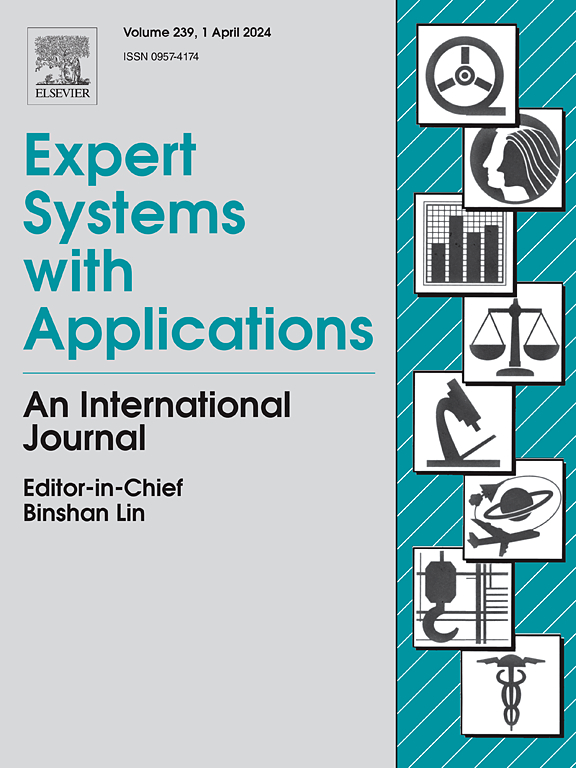基于群体进化搜索的脑机接口超参数和架构联合优化技术
IF 7.5
1区 计算机科学
Q1 COMPUTER SCIENCE, ARTIFICIAL INTELLIGENCE
引用次数: 0
摘要
近年来,基于深度学习(DL)的模型因其显著的性能已成为运动图像脑机接口(MI-BCI)系统的事实标准。然而,这些模型通常需要大量的超参数优化过程才能达到最佳效果。为了应对这一挑战,最近的研究提出了各种方法来实现这一过程的自动化。尽管这些方法取得了可喜的成果,但它们忽略了结构元素,而结构元素是 MI-BCI 系统性能的关键因素,与超参数设置密切相关。为了克服这一局限,我们提出了一个联合优化框架,利用基于种群的进化搜索来优化超参数和架构。我们的框架采用两阶段优化方法,在超参数和架构优化之间交替进行,以有效管理联合搜索过程的复杂性。此外,我们还引入了一种新颖的集合方法,利用各种有前景的配置来增强通用性和鲁棒性。在两个公开的 MI-BCI 数据集上进行的评估表明,我们的框架在一系列骨干模型中始终优于其他竞争方法,这证明了它的有效性和多功能性。本文章由计算机程序翻译,如有差异,请以英文原文为准。
Population-based evolutionary search for joint hyperparameter and architecture optimization in brain-computer interface
In recent years, deep learning (DL)-based models have become the de facto standard for motor imagery brain-computer interface (MI-BCI) systems due to their notable performance. However, these models often require extensive hyperparameter optimization process to achieve optimal results. To tackle this challenge, recent studies have proposed various methods to automate this process. Despite promising results, these methods overlook the architecture elements, which are crucial factors for MI-BCI system performance and are highly intertwined with hyperparameter settings. To overcome this limitation, we propose a joint optimization framework that uses a population-based evolutionary search to optimize both hyperparameters and architectures. Our framework adopts a two-stage optimization approach that alternates between hyperparameter and architecture optimization to effectively manage the complexity of the joint search process. Furthermore, we introduce a novel ensemble method that leverages diverse promising configurations to enhance generalization and robustness. Evaluations on two public MI-BCI datasets show that our framework consistently outperforms competing methods across a range of backbone models, demonstrating its effectiveness and versatility.
求助全文
通过发布文献求助,成功后即可免费获取论文全文。
去求助
来源期刊

Expert Systems with Applications
工程技术-工程:电子与电气
CiteScore
13.80
自引率
10.60%
发文量
2045
审稿时长
8.7 months
期刊介绍:
Expert Systems With Applications is an international journal dedicated to the exchange of information on expert and intelligent systems used globally in industry, government, and universities. The journal emphasizes original papers covering the design, development, testing, implementation, and management of these systems, offering practical guidelines. It spans various sectors such as finance, engineering, marketing, law, project management, information management, medicine, and more. The journal also welcomes papers on multi-agent systems, knowledge management, neural networks, knowledge discovery, data mining, and other related areas, excluding applications to military/defense systems.
 求助内容:
求助内容: 应助结果提醒方式:
应助结果提醒方式:


